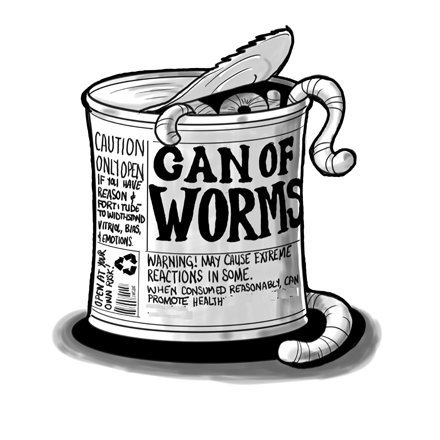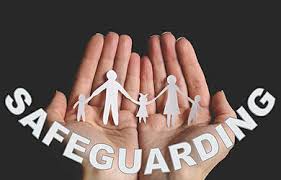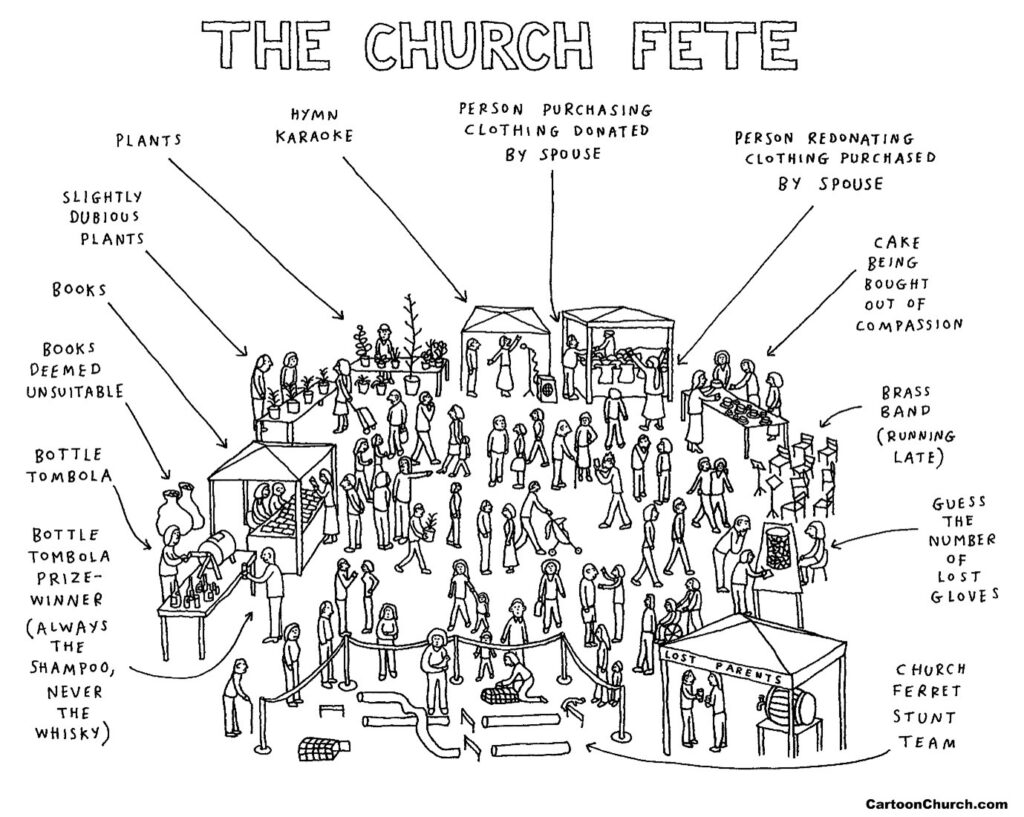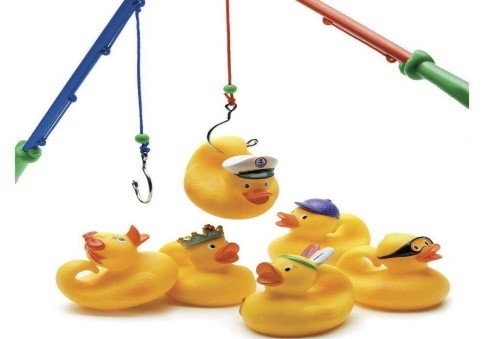
As a young child in the 50s, I grew up with very little understanding of politics in Britain. I knew, of course, that there were two major parties called Labour and Conservative, but no one explained to me the idea of left-wing and right-wing politics. Still less was I aware of the endless permutations of political ideology that existed. It was on a visit to Italy in 1964 that I began to be educated in the huge range of political options that people in European countries take for granted. The meaning of left and right began to take some sort of shape in my mind. For the first time I was observing the reality of high octane political life – strikes, demonstrations and governments collapsing every week, or so it seemed. The pattern of daily life in Rome, where I was staying for several weeks, seemed to continue in spite of the political dramas. It was not until I lived in Greece in the academic year 67-68 that my experience of politics took on a serious, even frightening, turn. In April 1967 a group of military men, mainly with the rank of colonel, had taken over the government of the country with the ostensible justification of preventing a left-wing government coming to power. I do not propose to say much about the ideology of this militarised regime, but it is safe to describe it as a fascist dictatorship. The aim of the governing clique was to establish their political will over the entire nation. Fascism is about unchallengeable political power which is typically focussed on the personality of a leader who knows how to ‘seduce’ large numbers of citizens. In taking over all the organs of power in a society, a fascist system does not have to concern itself with the irritations of a legal system, the press or public opinion. In Greece at that time, the will of the governing military clique reached right across society and affected even me, a foreign student with no prior political allegiances of any kind. If I was entering Greece as a political innocent in the autumn of 1967, I was, certainly by the time I left in the summer of 1968, a would-be political subversive, though without any platform from which to ventilate my stirred-up passions. The story of how I unsuccessfully tried to return to Greece in 1969 to write a report for Amnesty International must remain for another day.
What was it about the fascist ideology that riled me to the point that I might have been tempted to do something equivalent to the young men and women who joined the Spanish International Brigade in the 30s? Fascism. whether in its 60-70s Greek manifestation, or as the ideology of modern Russia, Hungary or pre-war Italy, Germany or Spain, challenges and threatens the human soul. The fact that an authoritarian government can take power and, in using that power, can redefine reality for its citizens, is hard to take. This reality, where the will of a few dominates the whole, diminishes the happiness and well-being of a substantial swathe of a country’s population. This is, or should be, a matter for great concern. Even if we are fortunate not to be beholden to such a rule in Britain currently, a natural concern for the happiness of humankind around the world should make us want to understand more about this poisonous but apparently attractive political option in our world today.
Going back to my 1960’s experiences of the lived reality of fascism, I want to draw attention to three interrelated facets which it manifested. These three dimensions revealed by Greek fascism are not a textbook exposition of this ideology, but a personal impression based on one person’s experience. The first aspect was the suffocating and infuriating promotion of propaganda. I was not an avid reader of Greek newspapers, partly because of their censored content and partly because the writers were forced to use an archaic style of Greek which was not the spoken form that I was studying. I was however subject to the dreadful experience of newsreels at the cinema. The ‘news’ was the content of the speeches by the ruling group. I quickly became familiar with this style of sloganized speech. We were constantly exposed to the main slogans, such as ‘Long live the 21st April 1967’ and ‘Greece of Greek Christians’ and frequent references to the ‘revolution’. The Greek word for the latter idea was uncomfortably close to the Christian word meaning resurrection. No doubt we were meant to think of Easter and the Colonels’ takeover in a similar way. The Colonels were also fairly adept at creating a form of Christian nationalism that is not dissimilar to Trump’s MAGA version of Christianity.
Propaganda was infuriating and frustrating, but it could be borne if it had been the only trial. Propaganda is, however, indicative of a second deeper and more insidious poison that was penetrating Greek society: the corruption of truth. The salient versions of political truth were those which the population was expected to assimilate without question. There was also a ‘correct’ version of history to be imbibed, particularly by children at school. The rewriting of history included the trashing of the previous generation of ‘failing’ politicians. Correct thinking, as defined in the turgid speech making of the political leaders, was mandatory, particularly if you worked in any capacity for the State. This included civil servants, teachers and those working for universities. Deviation of any kind was downright dangerous. Spies were everywhere and the suspicions that were created by this fact poisoned many potential relationships. Britain, then under the Labour government of Harold Wilson, was not considered a friendly nation. Critical remarks from the British were taken with great seriousness and the Greek press was encouraged to attack the Britain government in return. My own situation in my student hostel became increasingly uncomfortable. Thankfully there were places of refuge once I travelled away from the urban centres. The rural areas, particularly on the island of Crete, remained largely politically peaceful. Greek monasteries also always remained free of the nauseating political propaganda. But, speaking of the bulk of the population, the abnormal was becoming normal and the capacity to distinguish truth from falsehood was being blunted for many around me. Bland unquestioning conformity became the safe option for the majority. Those who resisted this social pressure were careful not to utter opinions in a public place. Loss of livelihood, imprisonment or worse awaited those who thought thoughts that were unacceptable to the ruling powers.
The fate of what happened to some of the political opponents of the Colonels’ regime leaked out during the winter of 67/68. Unheard of forms of torture were meted out to some prisoners and these notoriously included the beating of the soles of the feet with a metal pipe. The use of such torture on politically active citizens, pointed to an appalling fanaticism and cruelty that was infecting parts of the police and other state bodies. The Greek word ‘fanatikos’ is made to cover a number of levels of conviction, from the mild to the extreme. Greece saw during its fascist period the unleashing of the worst kind of fanatic. These types will always appear when fascism or other extremist ideologies become dominant across a society. We need to understand how convinced politicians, who want to change the world with high-sounding principles, may sometimes have surrendered themselves to tolerating, even promoting, cruel and immoral behaviour as a way to achieve those ends. Conviction, commitment and total dedication to an ideology all have a very nasty shadow side which is devoid of justice and compassion. The gradual descent from conviction to a tolerance of cruelty is the third stage in the corrupting force of fascism. In summary, we suggest that fascism is a state of mind that is so convinced of its correctness that all the human rights of those who disagree can be totally disregarded.
My story of interactions with the Colonels’ fascist regime and their acts of stupidity and cruelty could be lengthened considerably. During my ten months in the country, I managed to upset the powers that be sufficiently to appear on a list of those forbidden re-entry to the country. This ban remained in place until the collapse of the government in 1974. Whatever my exact misdemeanour, I had acquired a visceral dislike of fascist ways of thinking and this aversion continues to this day. I have identified the use of propaganda combined with the enforcement of a political ideology where disagreement or even discussion is strictly forbidden. This promotion of an infallible way of thinking results in a level of fanaticism which drives out all generosity of spirit in favour of a steely and determined grasp of the ‘truth’. Fanaticism as a close companion of fascism could, in the case of the Colonels and their supporters, lead to the horrors of physical torture.
One of the reasons for writing this short piece was a realisation that the Sunday 21st April was the 57th anniversary of the Greek military take-over. This had triggered in my mind a memory of the way an entire nation had been bombarded with fascist fantasies and cruelty for seven long years. Might this powerful triggering also have some connection to the struggle that I continue to have with forces of propaganda, power abuse, manipulation of truth and deliberate cruelty that I still find in some of the institutions I observe to this day? Is it too strong a claim to make to suggest that fascism, as a state of mind or a temperament, is still to be found in some of these institutions, even our churches? It is especially to be found among those individuals who accept the blandishments of ‘certainty’ while ignoring the gifts of human compassion and democratic reasoning and debate.























